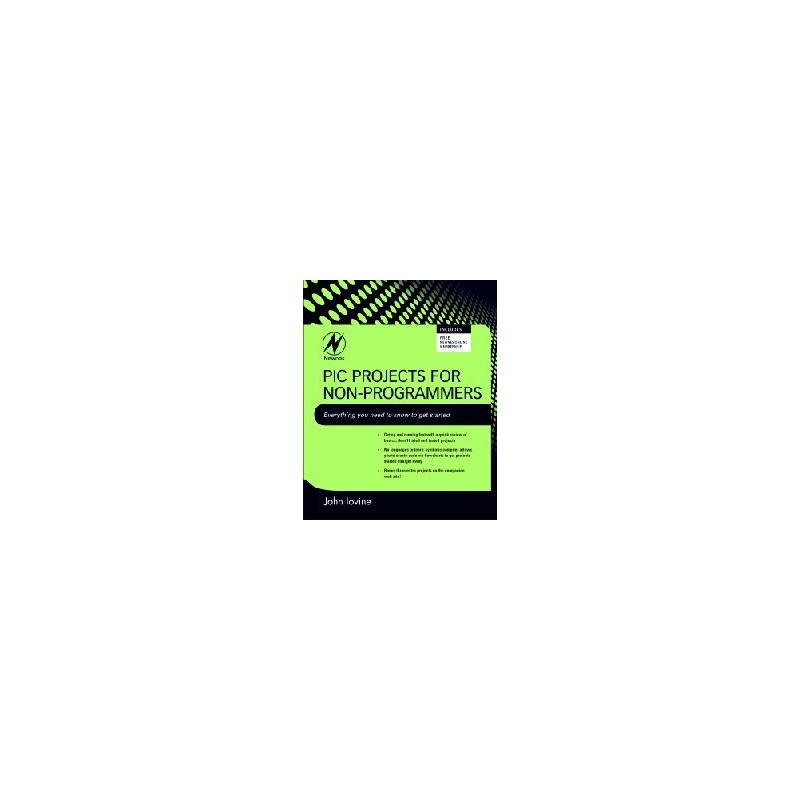- Obecnie brak na stanie



Moduł z kamerą 8 Mpx IMX219 i obiektywem o kącie widzenia 75°. Przeznaczony dla Nvidia Jetson Nano oraz Raspberry Pi CM. ArduCAM B0187
Brak towaru
Zasilacz laboratoryjny KA3005P z programowalną pamięcią, regulacją napięcia 0–30 V i prądu 0–5 A, oferuje pracę w trybach C.V. i C.C. oraz zabezpieczenia OVP i OCP. Umożliwia zapis 5 ustawień parametrów oraz ich zdalną obsługę przez USB i RS-232. Charakteryzuje się wysoką precyzją ustawień (1 mA / 10 mV), rozbudowanym sterowaniem oraz funkcją blokady przycisków. Przeznaczony do zastosowań wymagających dokładnego sterowania zasilaniem, m.in. w laboratoriach, instytutach badawczych, przemyśle elektronicznym, edukacji i warsztatach serwisowych. Korad KA3005P
Brak towaru
Zmontowany sygnalizator temperatury do pieca CO. AVT1830 C
Brak towaru
Brak towaru
Moduł zawiera 4 ekspandery linii I/O 74HC595, co daje 32 dodatkowe linie I/O. Nazwa producenta: Banana Pi - IO extend Board
Brak towaru
Expansion Board for Raspberry Pi, 2x Relays, 4x Switchs, 8x Digital Inputs, 8x Outputs, 8x LEDs, RoHS
Brak towaru
Brak towaru
Brak towaru
Brak towaru
Brak towaru
Brak towaru
Płytki PCB i zaprogramowany układ do wielopunktowego termometru z rejestracją. AVT5420 A+
Brak towaru
Brak towaru
Brak towaru
Brak towaru
Brak towaru

